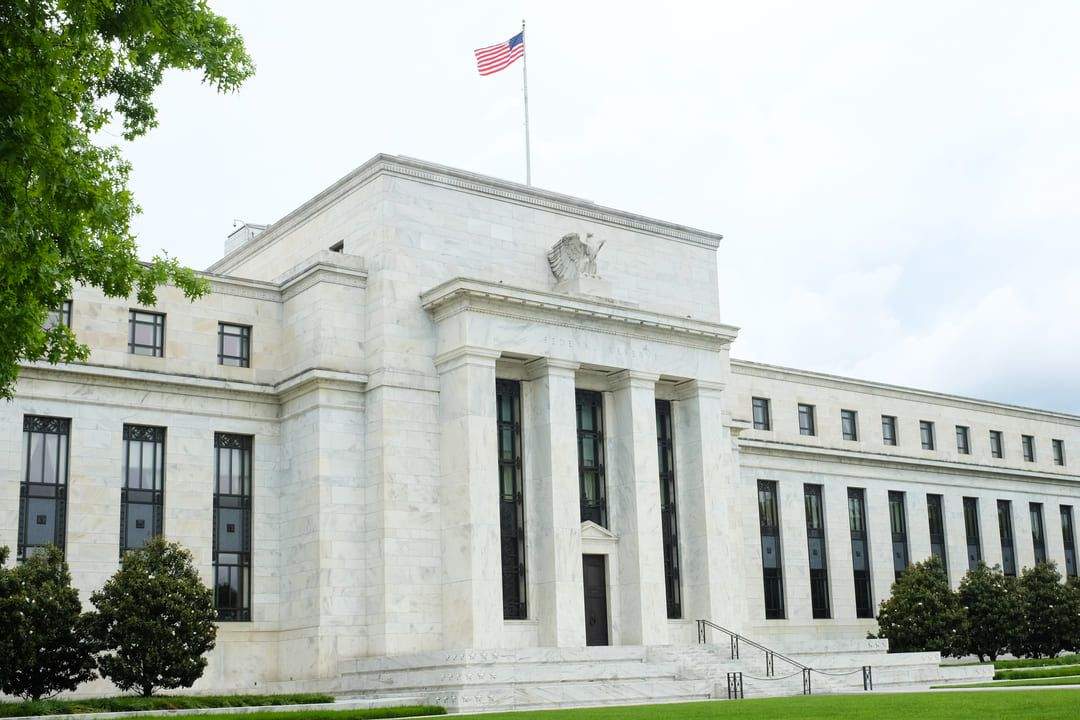Central banks around the world raised interest rates in the most extensive monetary policy tightening on record. Some economists worry they could go too far if they don’t take into account their collective impact on global demand.
According to the World Bank, the number of rate hikes announced by central banks worldwide is the highest in July since records began in the early 1970s. On Wednesday, the Federal Reserve announced its third 0.75 percentage point increase in as many meetings. Last week, counterparts in Indonesia, Norway, the Philippines, South Africa, Sweden, Switzerland, Taiwan, and the UK also raised interest rates.
Also, the size of this rate increase is larger than usual. On September 20, Sweden’s Riksbank raised its benchmark interest rate by one percentage point. Until then, it had not raised or lowered interest rates by more than half a point since adopting the current structure in July 2002.
These central banks respond almost universally to high inflation. Inflation in the G-20, a group of the world’s top 20 economies, was 9.2% in July, double the previous year’s level, according to the Organization for Economic Cooperation and Development (OECD). Higher tariffs cool demand for goods and services and reassure households and businesses that inflation will fall next year.
But some worry that central banks are effectively seeking local answers to the global problem of oversupply and high prices. They warned that central banks as a group would go too far – and push the world economy deeper into recession than necessary.
“The danger today is not that current and planned measures will eventually fail to contain inflation. It is that they collectively go too far and push the world economy into unnecessarily violent contraction,” wrote Maurice Obstfeld, former chief economist. The International Monetary Fund (IMF) earlier this month in a note to the Peterson Institute for International Economics, of which he is a senior fellow.
There are some signs that the central bank will pause and weigh in on the impact of their rate hikes so far. The Fed indicated on Wednesday that it is likely to raise interest rates by 1 percentage point to 1.25 percentage points in the next two meetings.
JPMorgan economists expect central bankers from Canada, Mexico, Chile, Colombia, Peru, the euro zone, Hungary, Israel, Poland, Romania, Australia, New Zealand, South Korea, India, Malaysia and Thailand to raise interest rates on policy slated for March. end of October.
This is a series of central bank weapons with little precedent. But do they all need to do so much if they all do the same thing?
Most economists accept that inflation in any country is not solely due to forces within that country. Global demand also affects the prices of easily traded goods and services. This is evident with commodities such as oil; the boom in China pushed prices up in 2008, even as the US slipped into recession.
This has also been true in recent years for manufactured goods, whose prices have been driven around the world by supply chain disruptions, such as at Asian ports, and growing demand for government stimulus. A Fed study found that US fiscal stimulus boosted inflation in Canada and the UK.
But the focus of individual central banks on matching supply and demand at the national level may be going too far, as other central banks have weakened global demand, which is one of the drivers of national inflation. If every central bank did this, excessive global tightening could be significant.

“Geek zombie. Subtly charming social media scholar. Beer enthusiast. Lifelong bacon pioneer.”






